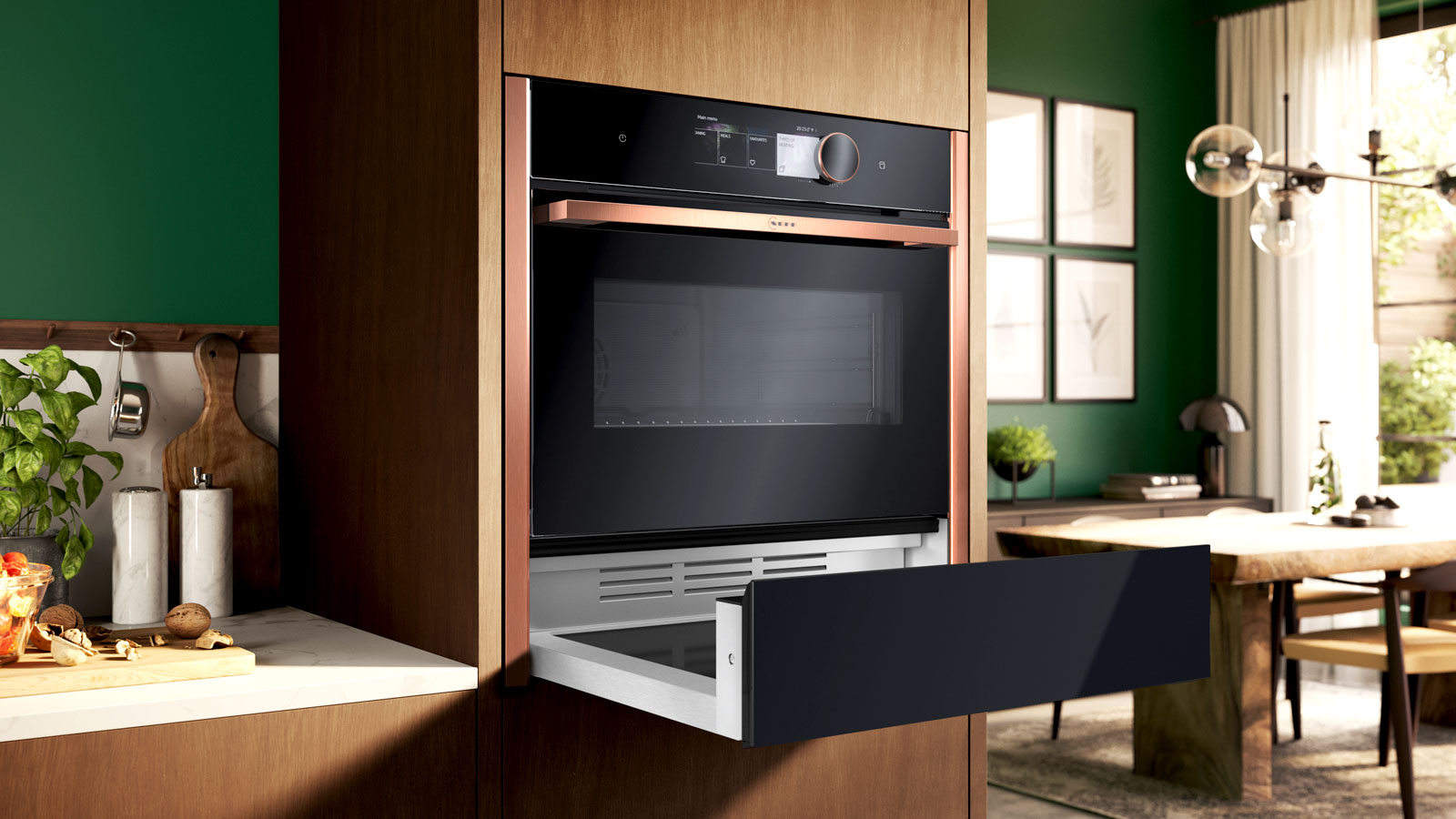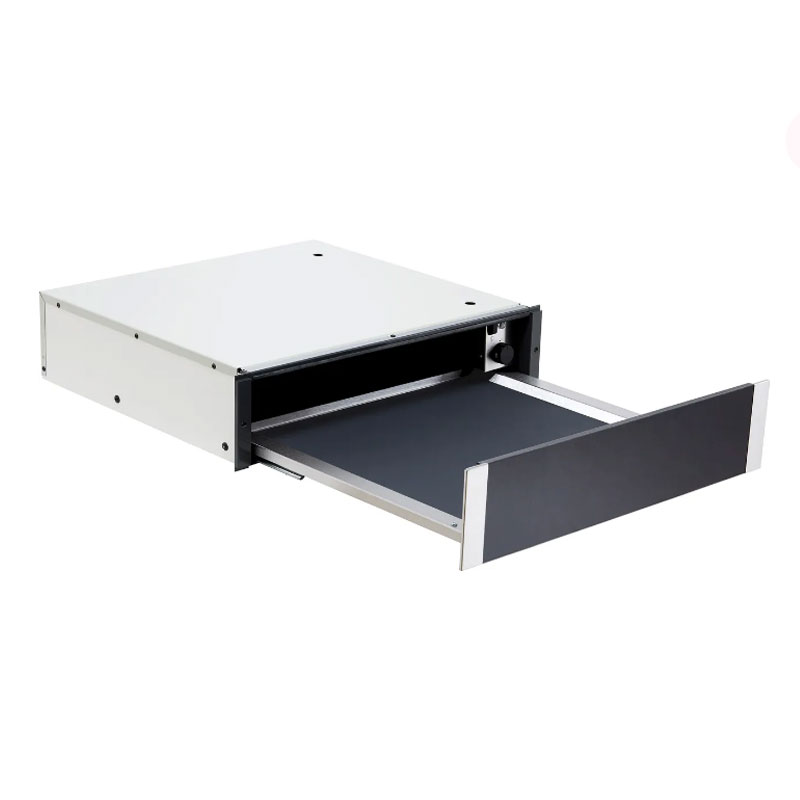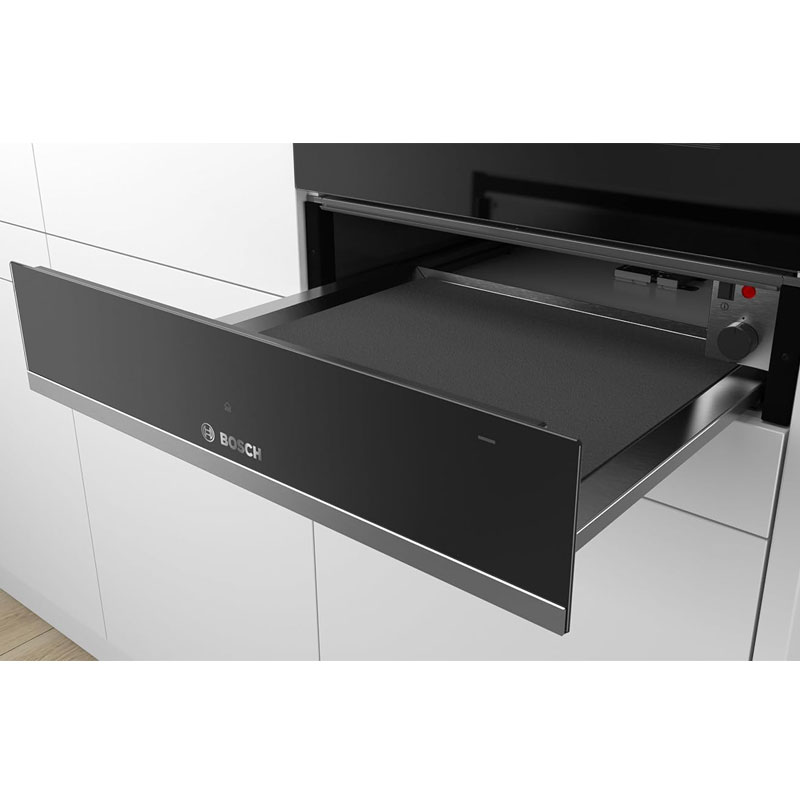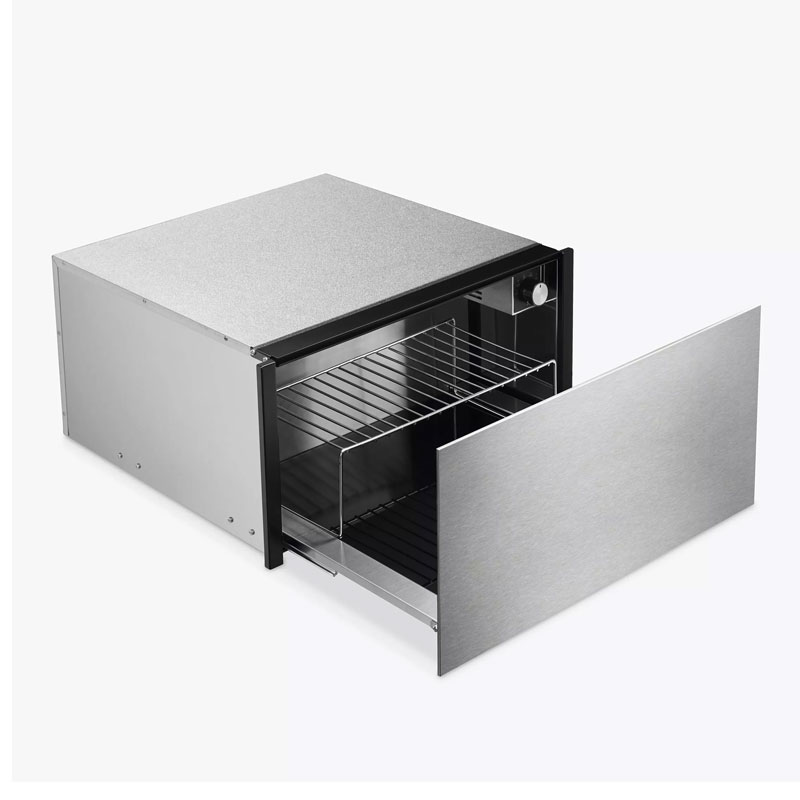What is a proving drawer and what benefits do they bring?
If you want to know the answer to what is a proving drawer you’re in the right place. Here we reveal what they are and what they can be used for

What is a proving drawer? Do you need one in your kitchen? This very much depends on how much you would use one, whether or not you have the space for it and your budget.
When choosing kitchen appliances, a proving drawer may not be as high on the list as a brand new oven, but they are still a useful addition to any kitchen. If you are a keen baker, or simply like to entertain, then a proving drawer is a serious consideration.
Here we take a closer look at what they are and how they can be a useful addition to your kitchen.
What is a proving drawer: A quick definition
A proving drawer, often referred to as a warming drawer, is commonly a stainless steel drawer that can keep a low constant and consistent temperature. They typically have a temperature range from 30℃ - 90℃ , but this can vary from manufacturer to manufacturer.
John McLauchlan, head of business unit – cooking at BSH Home Appliances, who include the Bosch and NEFF brands, suggests, “Set the temperature manually anywhere between 30°C to 80°C to match whatever temperature you need.”
They are usually found in kitchens sitting underneath an oven in a fitted kitchen or they are used as standalone appliances. Make them part of your bespoke kitchen design.

John McLauchlan has extensive experience in the home appliance sector. With more than 20 years in the industry, he possesses a deep knowledge of all BSH Group brands: Neff, Bosch, Siemens and Gaggenau and their use.
Proving drawer vs warming drawer
A proving drawer and a warming drawer are effectively the same thing. They are typically stainless steel and/or glass drawers that allow you to control the temperature inside the drawer. They can be integrated into a kitchen design or used as a smart freestanding kitchen idea.
There are warming drawers that go beyond the temperature needed for proving dough, which means they offer more flexibility due to their temperature range. But they still perform the same tasks.
What is a proving drawer used for?
As you might expect a proving (or warming) drawer is used for proving dough to make bread. This gives the correct and constant temperature that you need for dough to rise and get a decent bread. It is more effective and quicker than leaving in a warm room as the heat is concentrated in one area and stays the same.
But, they don’t not just have one use, they can be used for various other activities as McLauchlan explains, “A warming drawer is the perfect appliance to keep plates or serving dishes warm while you’re preparing a meal.” He adds, “When dinner is ready, it can be served straight onto a warmed plate with no worry that the food will start to cool before it gets to the table.”
But it's not just plates that can get the warming treatment, presets allow you to warm other items without the worry of setting the temperature manually as McLauchlan shares, “A cup warmer (or similar) preset automatically adjusts the temperature to the perfect level for keeping cups warm, ready for your piping hot tea or coffee.” It's also common to find a slow cook option on most drawers.
If you’re on the lookout for modern kitchen design ideas then you must embrace smart technology as McLauchlan reveals, “You can control a drawer remotely, including setting a timer via an app to turn the drawer off after a predetermined time.” Depending on the make and model of the drawer you can have access to additional heating programmes such as defrosting.
Try these proving drawers in your kitchen

A contemporary design that has a slim 14cm profile and a load capacity of 15kg. A special proving function creates the ideal environment for letting dough rise
How to use a proving drawer
This will vary slightly depending on the make and model of the proving drawer, but the principle is still very much the same. It's a couple of simple steps.
1. Preheat proving drawer
Turn on the proving drawer and select the Proof preset if you have one. If not, set the temperature manually and leave the drawer to pre-heat.
2. Proof dough
Put the dough in a bowl big enough to allow it to double in size and lightly oil the top. Cover with a cloth and place on the bottom of the proving drawer. Leave for around 30-60 minutes, or until the dough has doubled in size.
FAQs
What is the best temperature to proof bread?
This will depend on what type of dough you are proofing in your drawer but as a general guideline around 80℉ (just under 30℃) is a temperature that works well.
Some doughs such as sourdough like a slightly higher temperature to promote acidity while a slightly lower temperature range will help create a milder flavour. If working with sweet doughs you typically need a slightly lower temperature – around 70-75℉.
Proving drawers are very much part of a designing a kitchen, typically sitting under an oven. Check out our 30 clever kitchen ideas to make your space work harder and planning a kitchen guides to help you make your proving drawer a perfect fit.
Get the Homebuilding & Renovating Newsletter
Bring your dream home to life with expert advice, how to guides and design inspiration. Sign up for our newsletter and get two free tickets to a Homebuilding & Renovating Show near you.
Steve Jenkins is a freelance content creator with over two decades of experience working in digital and print and was previously the DIY content editor for Homebuilding & Renovating.
He is a keen DIYer with over 20 years of experience in transforming and renovating the many homes he has lived in. He specialises in painting and decorating, but has a wide range of skills gleaned from working in the building trade for around 10 years and spending time at night school learning how to plaster and plumb.
He has fitted kitchens, tiled bathrooms and kitchens, laid many floors, built partition walls, plastered walls, plumbed in bathrooms, worked on loft conversions and much more. And when he's not sure how to tackle a DIY project he has a wide network of friends – including plumbers, gas engineers, tilers, carpenters, painters and decorators, electricians and builders – in the trade to call upon.



